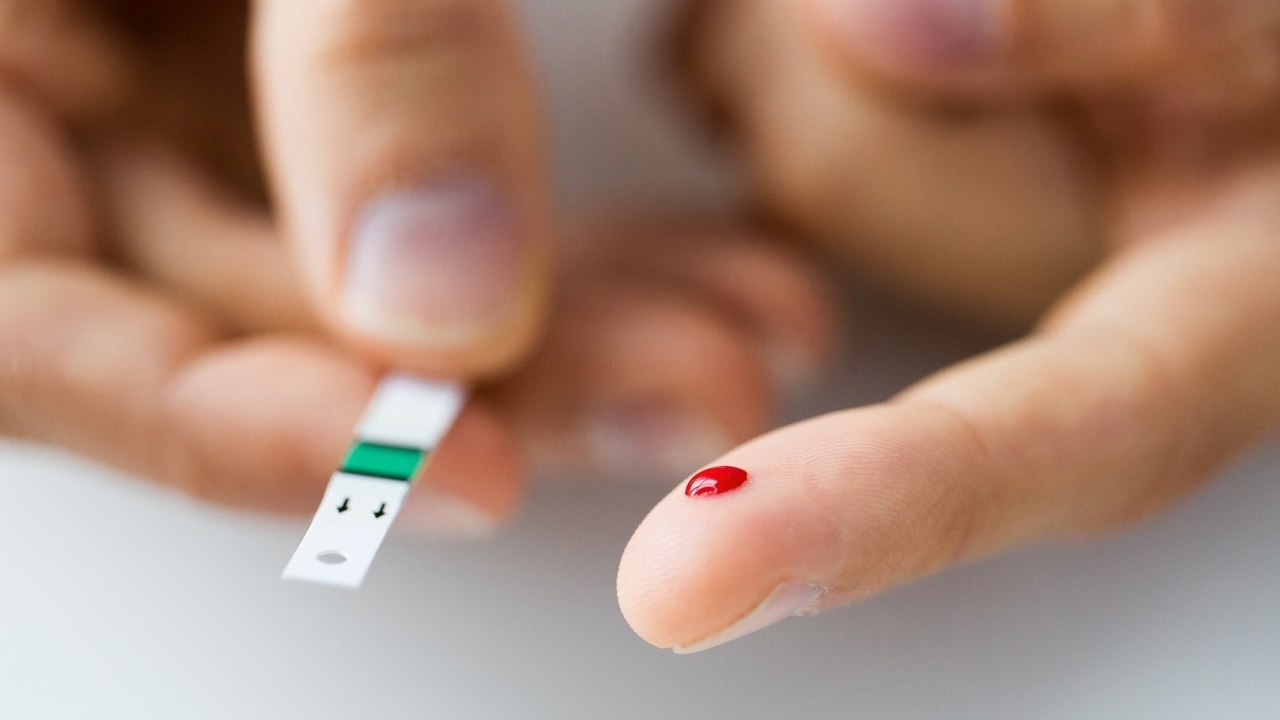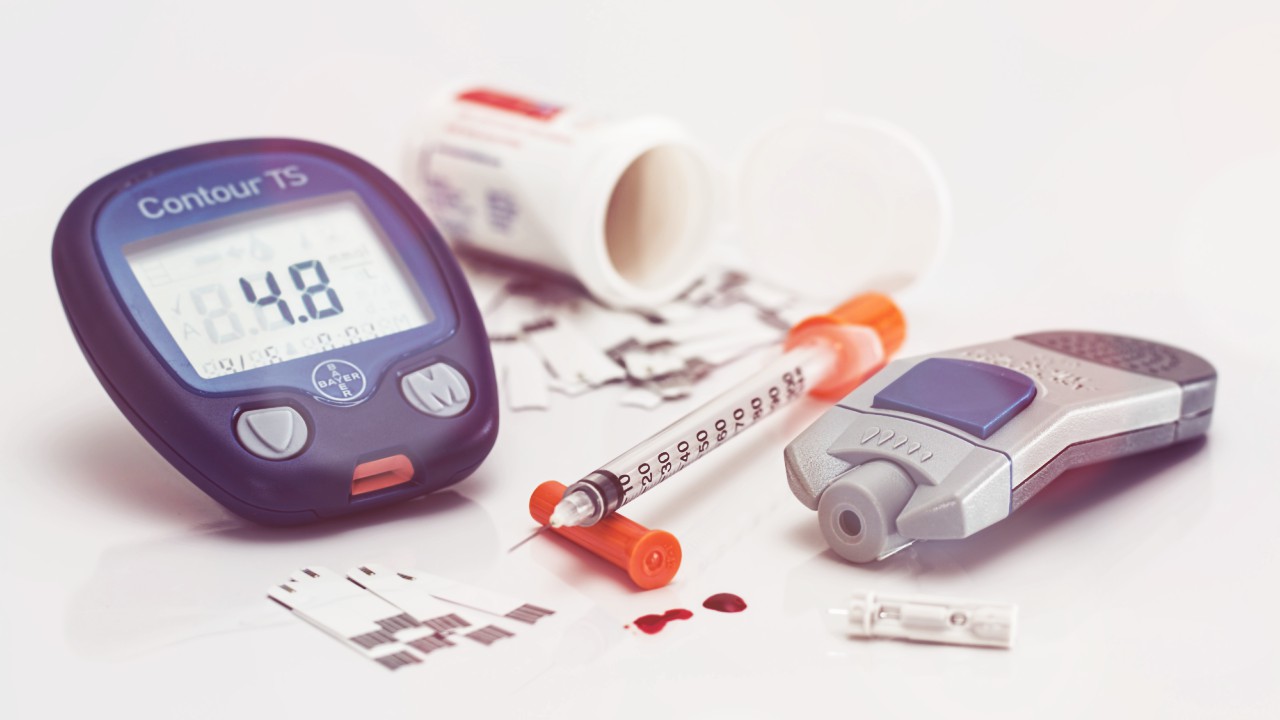The eyes have it; or in this case, contact lenses. Doctors often look at the eyes for clues about a patient’s general health. In the future, a patient could be alerted to their health issues, such as blood glucose levels, by simply wearing special contact lenses.
In a study by the American Diabetes Association in 2007, there were 23.6 million diabetics in the U.S; or 7.8 percent of the population.
Diabetics who use Self-Monitoring Blood Glucose (SMBG) regularly test their blood sugar levels by pricking their skin (to draw blood). There may be an end in sight (quite literally) for this tedious and uncomfortable procedure that does away with skin pricking altogether and relies, instead, on a new generation of contact lenses.
Jin Zhang, a chemical and biochemical engineering professor at the University of Western Ontario, Canada, has developed technology that she hopes will eventually revolutionize the way millions of diabetics monitor possible life-threatening changes in their blood sugar level.
Zhang's research used nanoparticles (microscopic particles) integrated into hydrogel contact lenses. The nanoparticles are designed to react chemically to the glucose found in tears. Tears have a higher concentration of glucose than blood and so contact lenses have been the focus of recent research to develop new methods of monitoring levels. As sugar levels either rise or fall, the reaction will produce a slight red color on just one of the lenses, which will not adversely affect the wearer's vision.
“There is a need for a non-invasive measure to detect the levels of glucose, instead of taking a blood sample,” says Zhang, who hopes to begin clinical trials next year. “This non-invasive method is now an alternative chance to help manage their treatment. People realize how significant it can be, so it's very easy to get excited.”
Zhang explains that there are a few obstacles to overcome, such as the environment and how humidity may affect changes in the lenses, as well as developing a way to actually read measurements.
Contact lenses are being used more frequently in medicine. For instance, they are able to deliver drugs for eye conditions and stem cells from lenses are being used to help restore sight.
The Canadian Foundation for Innovation (CFI) awarded Zhang a $216,342 grant to further develop technology using multifunctional nanocomposites. Nanotechnology is a growing area in medical research and has been used to develop cell repair, cancer treatment, gene therapy, and bone repair as well.





Add a Comment1 Comments
How does this mechanism work . im doing seminar on contact lense which alert change in glucose level . plz help
November 19, 2011 - 7:02amThis Comment